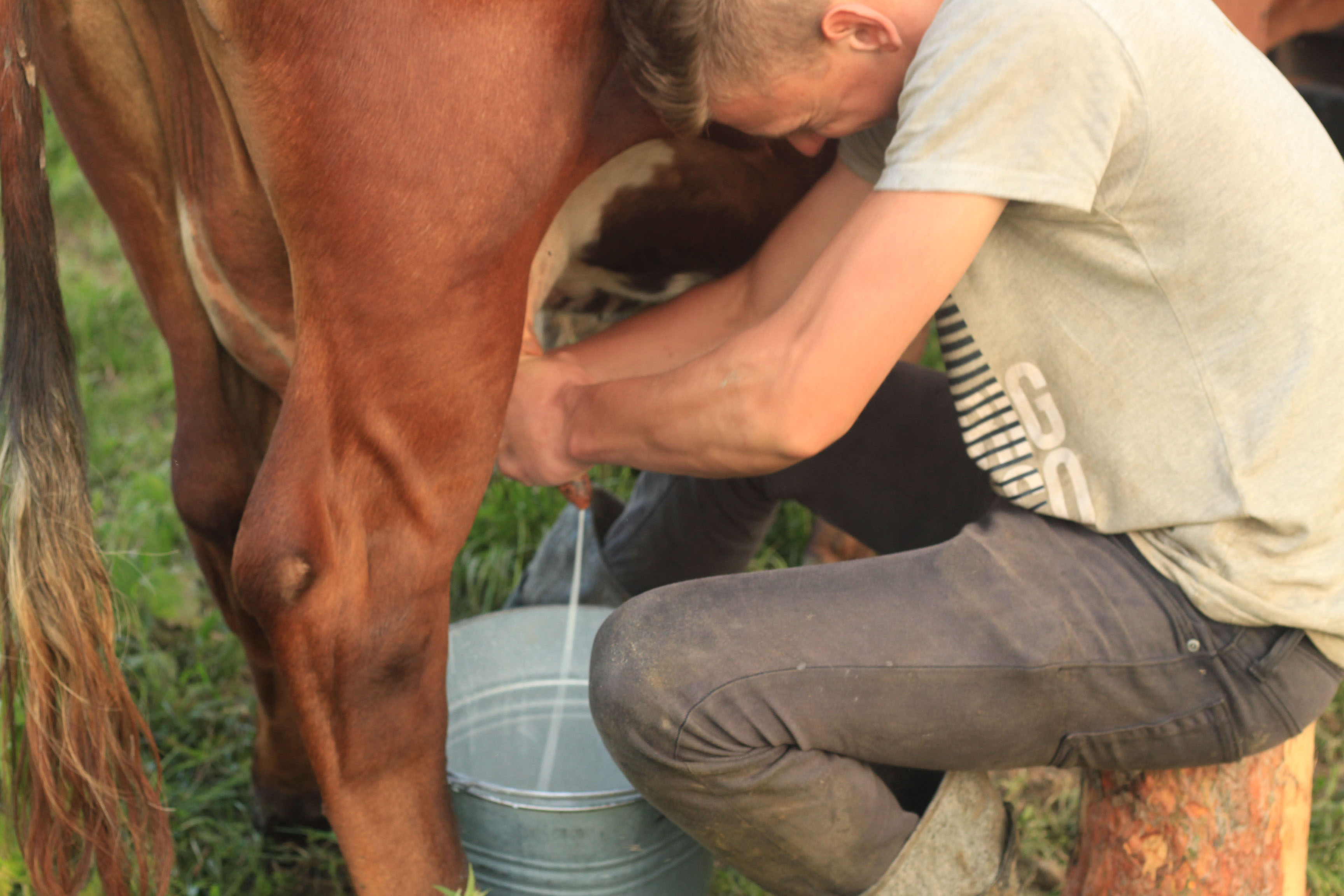 Praca dawniej i dziś
Praca dawniej i dziś

O tradycjach flisackich w Pieninach
Materiał o zawodzie flisaka autorstwa Michała Dusika
The Pieniny Jewel – a tradition of three generations
Originally, rafting served the purpose of floating timber and fishing on the River Dunajec. Over time, civilisation progress rendered such means of transportation useless; morphing into a local attraction, it ultimately became a well-rooted highlander tradition. The rafting profession is most often handed down from father to son.
When in Pieniny, differences in approaching the tradition become swiftly apparent. Emotional ties to rafting run deep in older generations – they cannot imagine a walk on the banks of River Dunajec without spotting barges skippered by rafters, trademark smiles glued to their faces. People of that generation are conservatively convinced that the tradition demands to be cherished. They believe regional customs should always hold a special place in human hearts. Regrettably, quite a few of the young community are abandoning our legacy, treating it as one would a summer job only – in contrast to their fathers and grandfathers, who spent their entire youth rafting, summer adventures included. A distinct and rather thick line has been drawn between traditional and modern rafting. Since the Pieniny highlander community finds the phenomenon strongly disquieting, we have decided to join the young community concerned with protecting their region’s legacy.
In order to learn more about contemporary rafting, I interviewed representatives of three rafting generations: my grandfather Wojciech, my father Andrzej, and my brother Szymon. The intent was that of exploring the take on rafting from a triple perspective. The divide between “the old and the young” is blatant.
To my father and grandfather, rafting is more than a job – it is also a tradition they are keeping alive with profound pleasure. My brother, on the other hand, sees it only as a source of income. Furthermore, change has affected mentality as well as the overall look of the boats. Before World War II, rafting involved dugouts – boats made from hollowed-out trees. Over time, dugouts have been replaced with rafts composed of four sections, allowing for an increase in passenger numbers as well (twelve instead of six to nine). Cars have made transporting boats between river harbours much easier and faster.
“After the war, from 1947-48 until 1950, boats would be dragged up the river in the early days, then taken by horse-drawn cart from Krościenko do Czorsztyn, then floated down from Czorsztyn to Krościenko. Tourists would disembark in Szczawnica. Empty boats would be taken to Krościenko and hauled out onto the bank by hand, up onto the cart, and off the horses would go back to Czorsztyn. Today, the rafting route has been cut short (...), cars carry the boats, winches drag them ashore. The only thing you have to do at the harbour is (...) unload the boats from the car, set them up, and there they are, ready for the next tour,” grandpa Wojciech says.
The distinct fore breakwater shrubbery and raft numbering (by rafter age, oldest to youngest) are the only surviving “old touches”. It goes without saying that when working, all rafters have to be dressed in full regional highlander attire.
In what usually is a family-based recruitment process, the rafter candidate has to meet a number of requirements. Each candidate is obliged to:
- Be a male aged 18-30, registered as a permanent resident of Sromowce, Szczawnica, Krościenko or Czorsztyn for a minimum period of ten years,
- Work as an apprentice to a master rafter for a minimum period of three years,
- Pass exams (in theory and practice as required by the Polish Association of Pieniny Rafters, and first aid),
- Conform to the 5% rule (5% of active rafters can be called for the following season),
- Keep attire clean and tidy,
- Keep hair short.
- Be felons convicted for theft or smuggling,
- Wear a beard or ripped trousers.
Rafters use their own argot, including such words as spryska – quant pole, or wylywka – device used to scoop water out of the boat. The community has its own anthem (www.youtube.com/watch?v=0eDyfjXqA44). Rafters never share any stories, trivia, or rafting anecdotes on land, considering them trade secrets they can only divulge on the river.
Rafting is part of our highlanders’ DNA, of major economic as well as historical and economic importance. It goes without saying that is has contributed to the development of “rafting locations”. We cannot imagine a summer season without a crowd of tourists occupying the harbour day after day. To a true rafter, this is more than a job – it is also great pleasure. Regularly swamped with piles of white shirts that have to be washed and ironed to perfection, rafters’ wives may have a different story to tell. Their husbands keep irregular hours, another issue to put up with. Yet these men enjoy special status in the community of five towns whose names will in all likelihood be forever associated with rafting on the River Dunajec.
The East Pieniny Region is proud of its unique tradition. After all, the daily view of “rafting highlanders” is certainly more pleasant than tedious to the eye. To really grasp the rafting phenomenon, you have to experience it in person – right here, in the Pieniny mountains.
The Rafters’ Anthem
Penned by the parish priest of Sromowce Niżne in 1956, the Rafters’ Anthem references the local mountains, the hardiness, hard work, and song of men on the river, and a dash of local history.
Gdzie Trzech Koron szczyt
sięga niebios chmur,
Już od wieków lud flisaków
strzeże polskich gór.
Ref. Każdy flisak zdrów,
Swoją łódkę pcha
Chleb w Dunajcu, wiarę w sercu,
Szczęście w domu ma.
Gdzie Dunajca prąd
niesie łódek sznur
A na każdej gości pełno,
Jest flisaków dwóch.
Gdzie Dunajca skręt
targa Pienin brzeg,
koło drogi lud ubogi
nuci piosnki swe.
Tędy jechał król
Jan Kazimierz zwan,
Przez Sobczański wąwóz górski
Do ojczyzny bram.
Piękny widok stąd,
Cudny wiatru wiew,
Lecz piękniejszy, lecz cudniejszy
Jest flisaków śpiew.
Sources:
www.flisacy.pl
Interviews with Wojciech Kowalczyk, Andrzej Kacik and Szymon Kacik
Gabrysia Kacik



